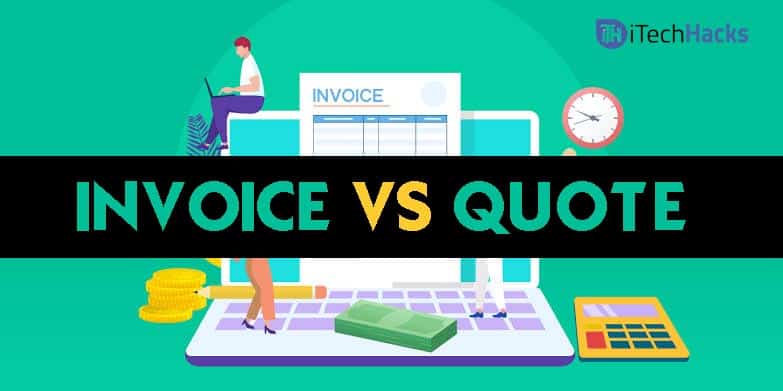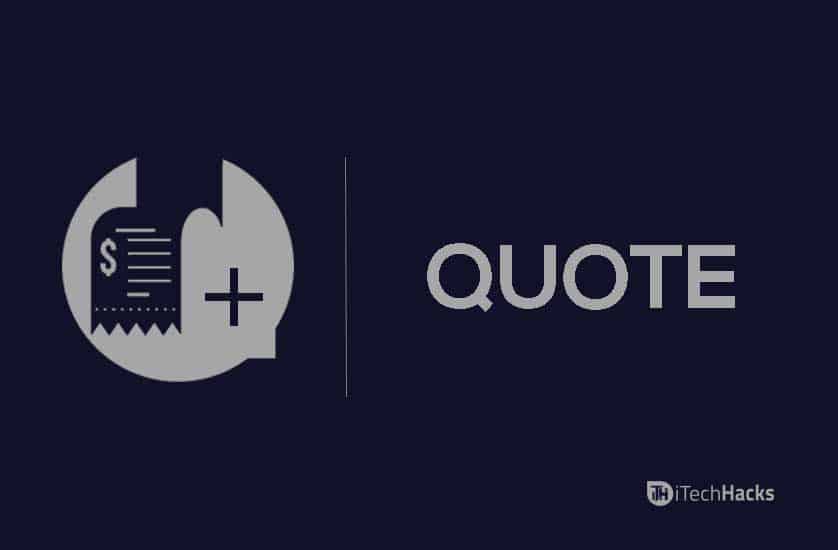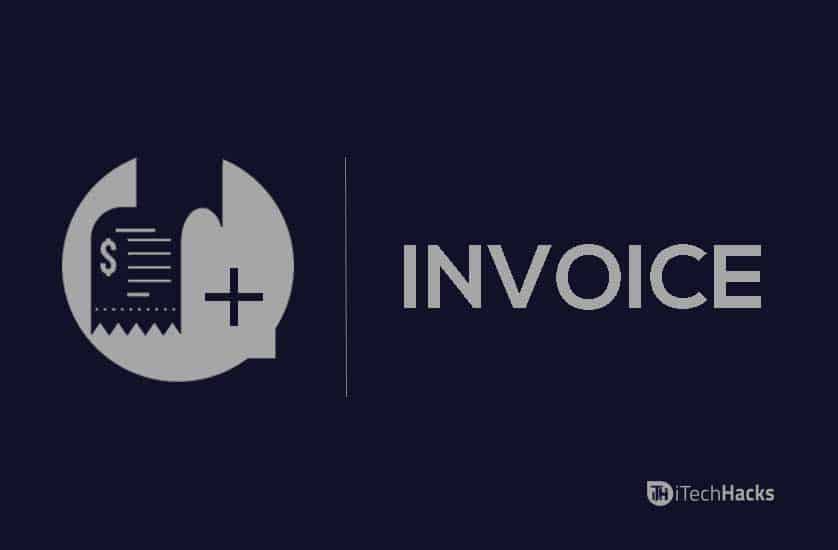- A quote is a formal estimate of products or services needed, outlining costs and validity, while an invoice details products or services already sold with payment owed.
- Quotes are estimates for future work, valid for 30 days and adjustable, while invoices document completed work for payment.
- A quote includes company and customer details, product descriptions, and pricing, whereas an invoice lists quantities, prices, taxes, and total amount due, along with seller and customer signatures.
In the world of business, transactions are documented and communicated through various types of documents, each serving a unique purpose. Among these, invoices and quotes are pivotal, yet they are often misunderstood or used interchangeably. This article aims to demystify these two critical business documents.

We’ll explore their definitions, purposes, contents, and the key differences between them. Whether you are a small business owner, a freelancer, or just someone curious about business procedures, understanding these differences can help in effective business communication and financial management.
Also Read: Difference Between FAT32 vs NTFS vs exFAT File Systems?
Quote vs Invoice Difference
Thus, here we are with the definition of both these words and the difference between Quote and Invoice. Stay tuned to understand what a quote and an invoice is thorough!
Definition of a Quote:
A quote is a formal estimate that shows the products or services needed, and the cost for those products or services. It may or may not be the same as the end product in terms of products, services, and the amount owed. A quote lets you know how much you will owe for the projected work or service, and it ensures you will only owe that amount and not a completely random number.
A quote is often valid for 30 days from the time it was issued, and a quote can be readjusted based on the client’s needs.
Definiations are always messed up our brains lets understand quote with example.
For example, you may get quotes from several different advertising agencies as you are looking to have your website redesigned. Then, you find out you need a website redesign, as well as a complete content, so you ask for new quotes from the agencies based on the original amount of work you need.
Quotation slip consists of details such as:
1. Company Name
2. Company Phone Number
3. Quotation Number
4. Date
5. Customer Details such as (ID, Name, Address, Phone Number)
6. Product Description
7. Item code
8. Quote purpose
9. Quote Amount
10. Discount Amount
11. Tax / Vat rate
12. Total
13. Validity details of the quote
Also Read: Difference between Hacker, Programmer, Developer and Security Researcher
Definition of Invoice:
An invoice is a detailed list of products that have already been sold or services that have already been completed. An invoice also includes dates as to when the products were sold, or the services were completed, along with the total amount that is owed from the customer.
After the amount on the invoice is paid, a receipt would complete the business transaction.
An invoice is a document that you (the seller/supplier/vendor) send to the buyer after you’ve delivered the goods/services. It is legally binding if both parties have agreed to the terms on the invoice when the original order was placed. Invoices are quite important when determining your taxes too. There are plenty of online free tax tools and resources that can assist you, but generally speaking, the IRS recommends keeping a record of all documents showing income and expenses. This includes invoices, sales slips, receipts for bills paid, etc.
Invoice slip consists of details such as:
1. Quantity
2. Price
3. Discount
4. Taxes
5. Tax/Vat
6. Total Amount Due for The Payment
7. Invoice Number
8. Invoice Date
9. Signature of Seller and Customer.
Quotation Vs Invoice Comparison Table
| Comparison | Quotation | Invoice |
|---|---|---|
| Definition | It is the formal estimate of all the products which you want to purchase. It can be oral or on paper. The quotation is valid for a few days or weeks only as the prices are always getting change. | The invoice will be always on paper and taking invoice is the formal way to do business. Invoice is kind of bill which will consist of all the product details. |
| Types | There is only one type of it. | • Standard Invoice • Commercial Invoice • Pro-Forma Invoice |
| When to use it? | Once you go to any shop or store and you want to know the exact price details of all the products you require you have to ask for a Quotation for it. So the quotation will have all the details about the products. It is the formal way to ask for prices in short. | Once you take the products and you are not making an immediate payment, or you are sure that you need products, and you have to pay any advance in that situation you will get an invoice by the store owner. |
| Details | • Company Name • Company Phone Number • Quotation Number • Date • Customer Details such as (ID, Name, Address, Phone Number) • Product Description • Item code • Quote purpose • Quote Amount • Discount Amount • Tax / Vat rate • Total • Validity details of the quote | • Quantity • Price • Discount • Taxes • Vat • Total Amount Due to The Payment • Invoice Number • Invoice Date • Signature of Seller and Customer. |
| Who provides it? | One the demand of customer only the store owner provides it. There nothing compulsory for a quotation. You can buy stuff without using a quote also. | Once you decide to buy stuff, the store owner or manager provides it. It always on paper and the main thing it is provided for the payment request. |
Conclusion:
When you are looking for work to be done or products to purchase, a quote comes first, and then, when the job is completed, an invoice is given to the customer. This is all you need to know about a quote and an invoice. If you still have any queries or doubts, then please let us know about it in the comments section below. Always feel free to use the comment section to ask your question and we will answer that question as soon as possible. If you have any feedback, reach out to us by using our contact us page. Wanna get all similar articles in your top notifications? Just subscribe to our E-mail newsletter ( Don’t worry. we won’t spam you) and get all the related articles in your mailbox. Thanks a lot for reading. Catch you guys on the next one. Cheers!



